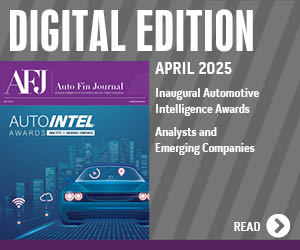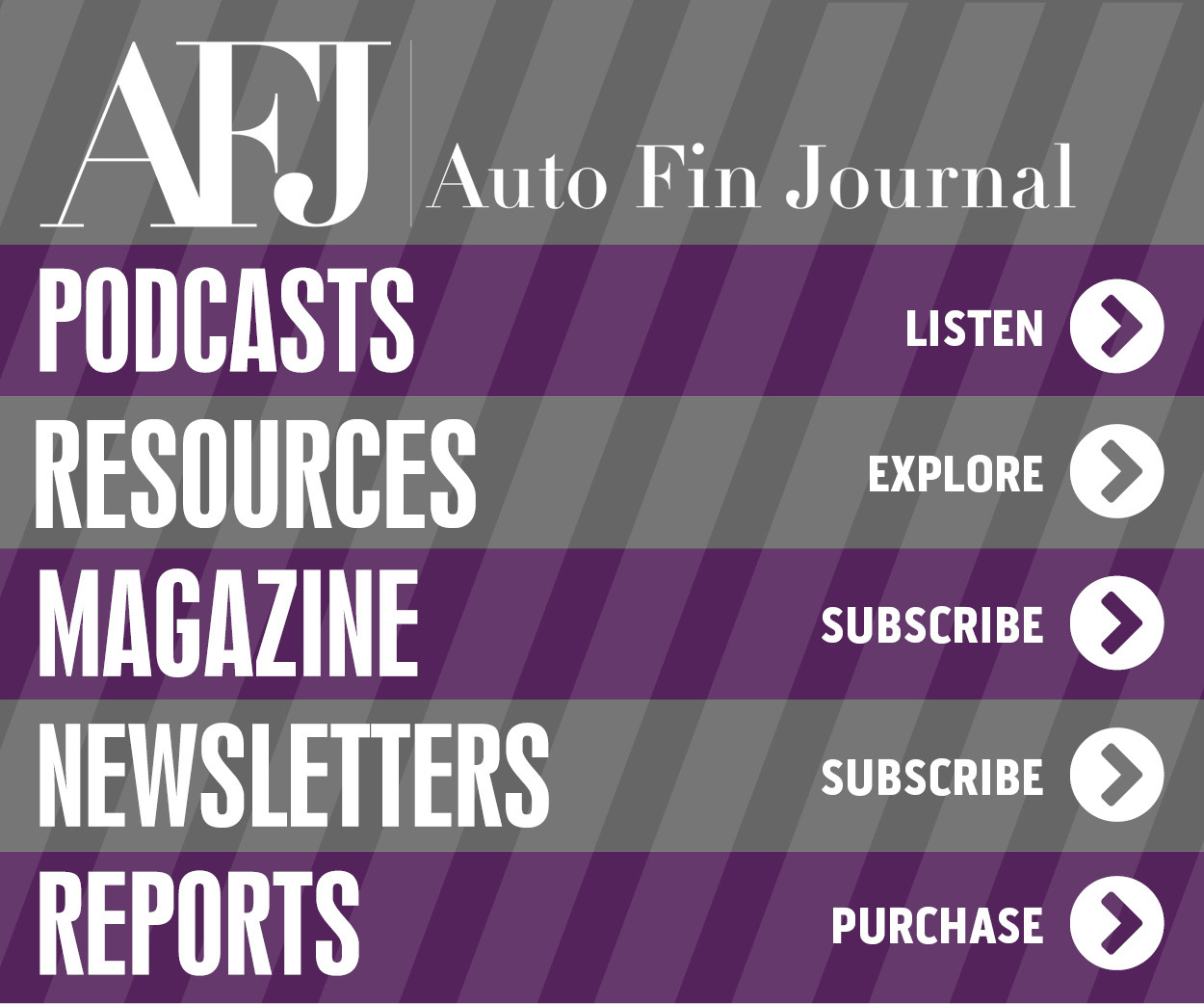Experian: Credit unions gain largest share of the auto finance market in 5 years

The credit union located near your residence or business might only be a fraction of the size of, say, a bank with a national footprint.
However, when you add together that credit union with its contemporaries throughout the U.S., then you have what Experian discovered — the largest participant in auto financing.
Through the first three months of 2022, Experian said there were some shifts in the automotive finance market, most notably, significant growth for credit unions.
According to Experian’s State of the Automotive Finance Market report, credit unions amassed 22.06% of the total automotive finance market during the first quarter. That’s up from 18.55% a year earlier.
Analysts explained the credit union growth is concurrent with a drop in market share for captives, which declined from 29.75% to 25.38% year-over-year.
The Experian data also showed more modest year-over-year growth for banks (up 2%) and finance companies (up 4%).
“With low inventory and high consumer demand, we’re not seeing nearly as many incentives on the market. This has resulted in an opportunity for credit unions to step in and gain market share, as they often offer the lowest interest rates,” Experian senior director of automotive financial solutions Melinda Zabritski said in a news release.
“Credit unions tend to focus on the used vehicle market and given the ongoing inventory shortages reducing availability of new vehicles and increasing demand for used, it makes sense to see this kind of increase in market share,” Zabritski continued.
Experian indicated used-vehicle financing comprised 58.98% of all vehicle financing in Q1, with new vehicle financing making up the other 41.02%, compared to 57.37% and 42.63%, respectively, in Q1 of last year.
Breaking down new-vehicle financing further, Experian noted that leasing continued to decrease year-over-year, making up 21.31% of new-vehicle financing in Q1 2022, compared to 28.31% at this time last year.
Experian highlighted additional impacts of the ongoing inventory shortage include increases in average amounts financed as well as monthly payments for both new and used vehicles.
Analysts discovered the average amount for a new vehicle jumped nearly 12% year-over-year, increasing from $35,385 in Q1 2021 to $39,540 in Q1 2022, while the average amount financed for a used vehicle spiked almost 25% year-over-year to reach $27,945, up from $22,378 in Q1 2021.
Meanwhile, Experian said the average new vehicle monthly payment increased $71 year-over-year, reaching $648 in Q1 2022, while the average monthly payment for used vehicles reached $503, up $89 year-over-year.
Despite the average amount finance and monthly payments rising, Experian noticed that average interest rates and contract terms remained more level year-over-year. And analysts even spotted some slight decreases.
Experian reported that the average interest rate for a new vehicle decreased from 4.15% in Q1 2021 to 4.07% in Q1 2022, while the average interest rate for a used vehicle dipped from 8.82% to 8.62% during the same time frame.
Analysts added the average contract term for new vehicle saw a slight decrease, from 69.50 months in Q1 2021 to 69.48 months in Q1 2022. They also said used vehicles saw an uptick in average term, as it reached 67.65 months in Q1 2022, up from 65.73 month in Q1 2021.
“We’re continuing to see the inventory shortage reflected in financing attributes, especially with used vehicle values continuing to rise so significantly due to demand,” Zabritski said.
“Staying close to the data will be key for lenders and dealers to make informed decisions, and help consumers find the right vehicle for their needs and budget in the quarters to come,” she went on to say.
Additional findings for Q1 included:
• Outstanding automotive balances grew to $1.37 trillion in Q1 2022, up from $1.28 trillion in Q1 2021.
• Prime financing saw the most growth in Q1 2022, increasing from 42.92% of total financing in Q1 2021 to 45.45% in Q1 2022.
• The average credit score for a new vehicle increased two points from Q1 2021 to Q1 2022, reaching 736, while the average used vehicle credit score increased six points in the same time frame to 669.
• SUVs and CUVs surpassed 60% of financing in Q1 2022, up from 58.95% in Q1 2021.
• The average payment difference between a new vehicle installment contract and lease was $126.


